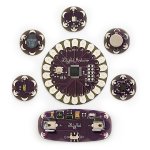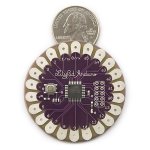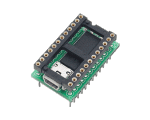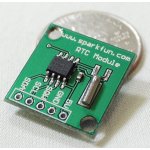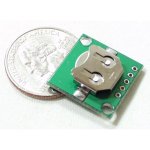18X or 28X1? Up until recently I would have said 18X, but looking at the UK prices there doesn't seem much between the price, yet the 28X1 does deliver a lot more. So I think I would say 28X1.
With respect to what goes on the board, the discussion could go on forever. Mycroft's footer says it all!
I've just finished soldering up some 18X boards that have gone through several iterations. Final design has 4 RS232 connections, radio link, 4 analog outputs, 4 analog inputs and 4 relays, with a 20x4 LCD display. It works with a wireless and wired mesh. And a software package in VB.net that allows links to be created easily. It is really hard deciding what to put on a board and what to leave off and whether to put everything on one board or build boards in modules. I guess the application decides that. For me, the application is measuring tanks and stock troughs and turning on pumps so size doesn't matter and all components can be DIP.
But if the application were robotics, then surface mount has lots of advantages.

